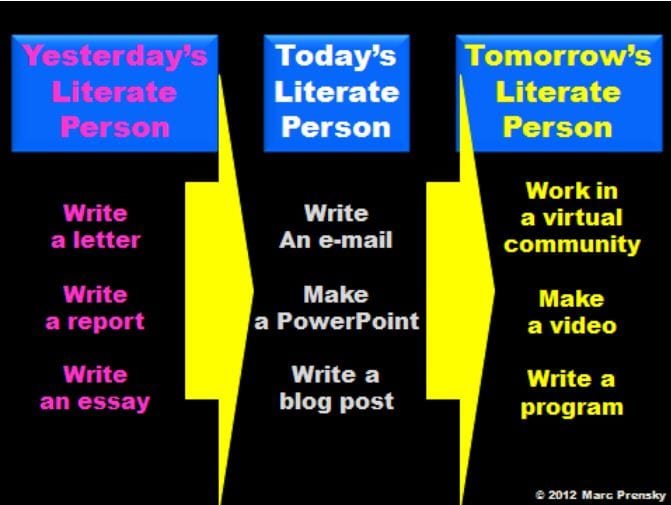Teaching and Learning in a Digital Age is a short course (30 M Level CATS) delivered and assessed entirely online (12 weeks teaching/12 weeks eportfolio construction). This course is an output from the 12 month HEA/JISC funded project ‘Embedding OER Practice’ at the University of Lincoln http://oer.lincoln.ac.uk. OER (Open Educational Resources) are teaching materials made freely available under a Creative Commons licence http://creativecommons.org. OER are stored in repositories e.g. JORUM at http://www.jorum.ac.uk/ and MERLOT at http://www.merlot.org/merlot/index.htm Open courses are called MOOC, Massive Open Online Courses, and leading platforms are Coursera at https://www.coursera.org who offer free courses on Arts, Sciences, Humanities, Maths and Stats and other subjects. MOOC platforms include Udacity at https://www.udacity.com/ and the Open University Open Learn site at http://www.open.edu/openlearn/
MOOCing is an excellent way to explore a variety of online learning designs and collaborations. Like OER, MOOC raise important questions of authenticity and certification as well as the future direction of higher education in a digital age. A comprehensive understanding of the open education movement, and a scholarly approach to the development of teaching practice in open and online contexts, are integral to T and L in a Digital Age, which also looks at online learning design, online communication, assessment and feedback and digital scholarship and literacies with assessment by eportfolio.
Effectiveness within virtual environments derives from experience of learning online. Education Technologies have been around for over a decade but adoption only comes from applying the tools to practice. Too often technologies are promoted without first hand experience and this course is designed to offer that experience in a supportive, collegial style.
The pilot begins on 4 March with no cost to UL staff. If you are interested in joining the pilot, or would like further information, please contact Sue Watling, swatling@lincoln.ac.uk





